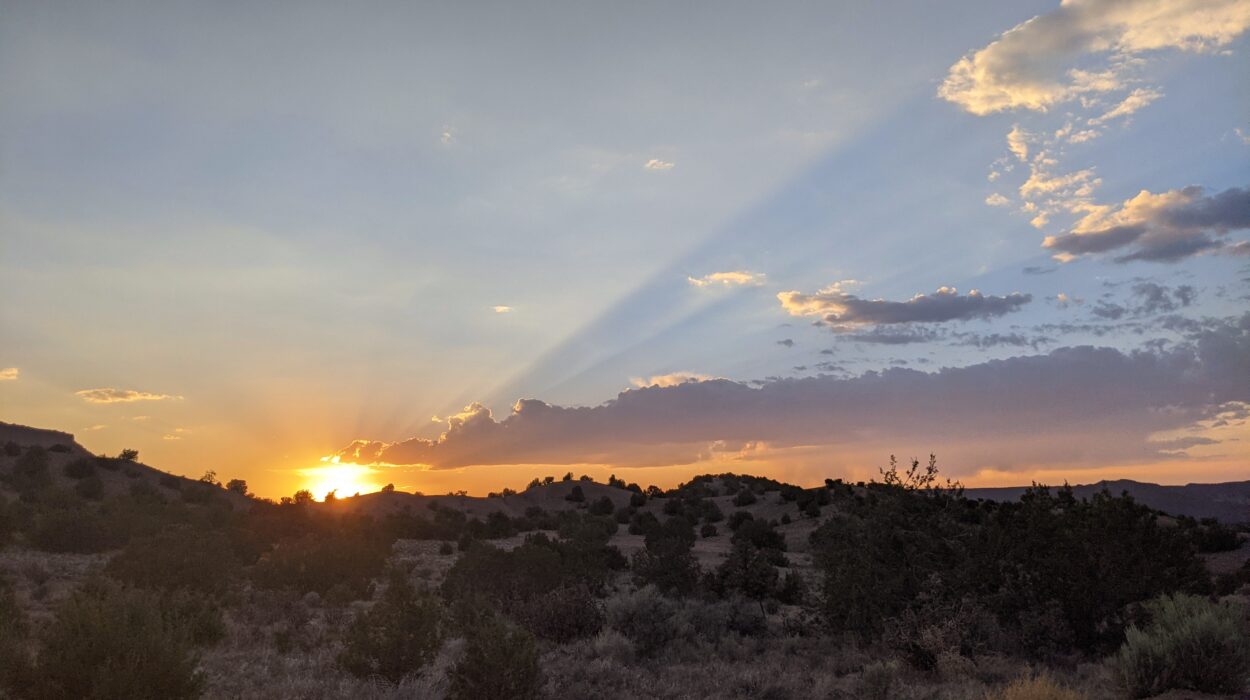What does restorative justice look like?
Years ago I was living in a rural village in Oaxaca, Mexico, population 400, when it was discovered that their mayor had embezzled about $20,000 of the community budget—a massive amount of money in a poverty-stricken community. Every evening for ten days, all of the village adults were called for community meetings that stretched late into the night as they discussed what to do. Finally, they came up with a solution—and allowed the man to remain as mayor for another year.
The rationale? Calling the police was not an option—sending a rural, indigenous person into the racist, brutal Mexican prison system was not only cruel but would only bring more trauma back to the community eventually, and would do nothing to fix the problem. By allowing the man to remain as mayor, I was told, “he now has a year to find that money.”
I was gone before that year expired so I never did learn the outcome, but the experience forever changed how I look at community justice and reconciliation. Maybe our own villages are too big to use this exact format, but the fact that the people cared enough about their community in the present and future to take the time to think outside the colonial punishment box was, to me, the most impactful part.
What does restorative justice look like? It will depend on the community. It will not always be clear and will often be confusing and frustrating—but as we ask the question, we are challenging ourselves to cast off learned modes of thinking and look at the world with fresh eyes.
What is possible? What could be possible? What will it take? Why do we believe it is not possible? Why have we lost so much faith in humanity? How can we get that back?

Jess Lee
JESS LEEis an environmental & community advocate drawn to borders, ecotones, and the shadows between the lines. She was raised in the forests of Appalachia and lived for many years in Mexico, Hawaii and the Pacific Northwest. Her short stories and essays have been published in Cutthroat, Burnt Pine, The Humanist and Z Magazine.

